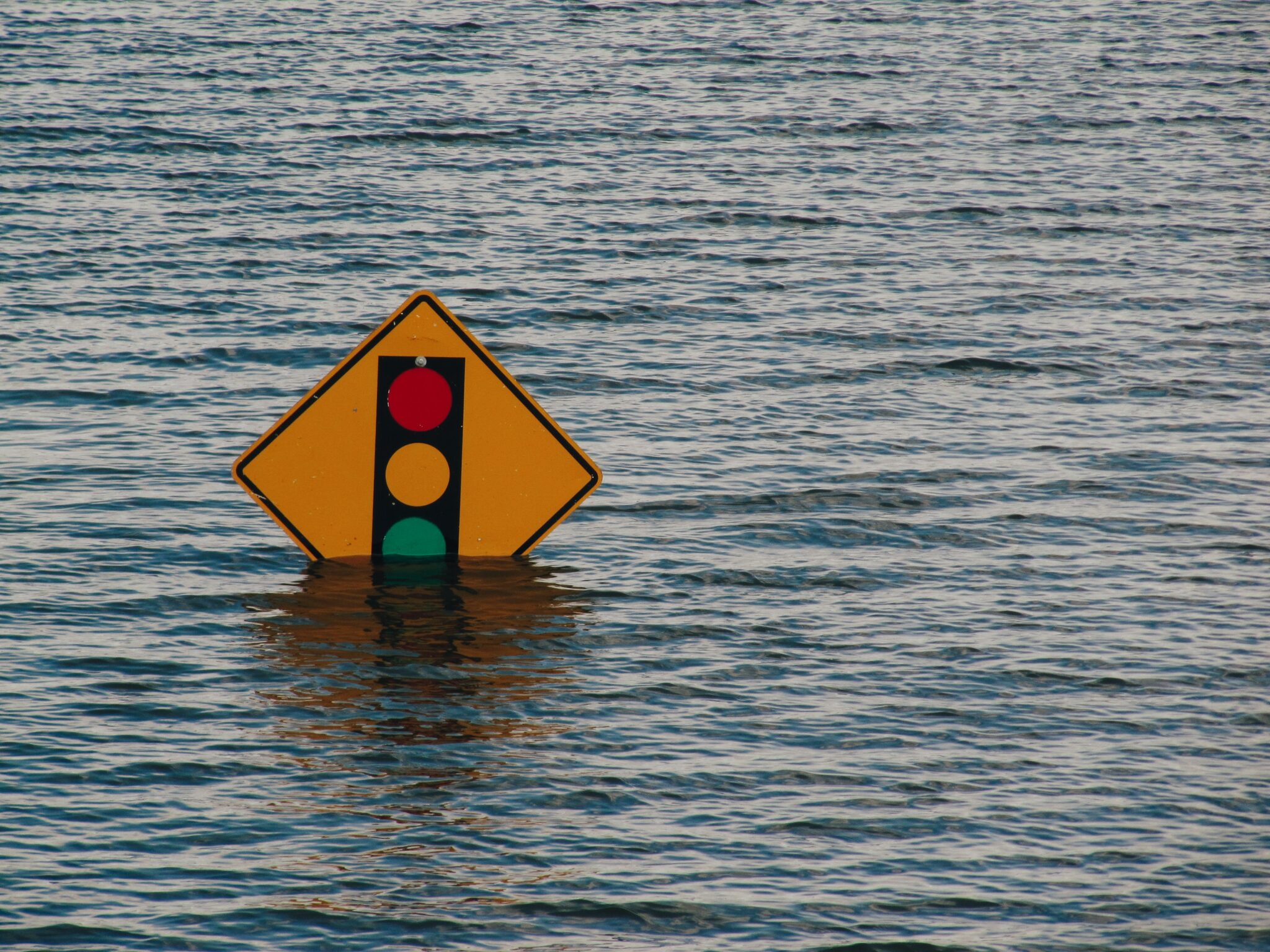
Dealing with a flooded home can be a very stressful and overwhelming experience. If you’ve ever been in that situation, you may have not known where to begin when it comes to having your home repaired.
The information below is intended to provide a succinct breakdown of the steps to take when your home floods, to help make the process less daunting as well as provide insight into how your insurance comes into play.
Ensure Safety First
The first and most important step when dealing with a flooded home is to ensure your safety and the safety of your family. Turn off the water, electricity and gas supply to your home immediately to avoid any electrical hazards or gas leaks. Do not attempt to enter your home if the water level is too high or if there is any structural damage. Contact a professional immediately to assess the situation and help.
Contact Your Insurance Company
Once you have assessed the damage, contact your insurance company to file a claim. The sooner you contact them, the sooner you can begin the process of repairing your home. Be sure to provide them with all the necessary information, such as the date and time of the flood, the extent of the damage, and any photos or videos you have taken.
Understand Your Coverage
It is important to understand what your insurance policy covers and what it does not. Flood damage is typically not covered by standard homeowners’ insurance policies and may need to be added onto your policy.
Contact a Restoration Company and Document the Damage
After ensuring your safety, the next step is to contact a reputable restoration company. Your insurance provider will be able to recommend a preferred vendor, or you could choose one on your own. These companies will support you in documenting and assessing the damage caused by the flood. Take photos and videos of the affected areas to provide evidence to your insurance company.
Wait for an Adjuster
After you have filed your claim, your insurance company will send an adjuster to assess the damage to your home. They will evaluate the extent of the damage, estimate the cost of repairs, and determine the amount of your claim payout. It is important to be present during the assessment to ensure that all the damage is properly documented and accounted for.
Mitigate Further Damage
While waiting for the adjuster, it is important to take steps to mitigate further damage to your home. This may include removing any standing water, drying out the affected areas, and preventing the growth of mold and mildew. It is also important to keep all receipts and documentation of any expenses you incur during this process, as your insurance company may reimburse you for some of these costs. It is recommended for you to contact a reputable restoration company to support these efforts.
Stay Involved
Throughout the repair process, it is important to stay involved and stay in contact with your insurance company. Keep them updated on the progress of the repairs and any additional expenses you incur. If you encounter any issues or concerns, be sure to communicate them with your insurance company, broker and/or contractor immediately.
By taking the right steps and utilizing your insurance coverage, you can minimize the damage and get your home back to its pre-flood condition.
Interested in learning more? Get in touch with one of our brokers today to learn more about flood protection.